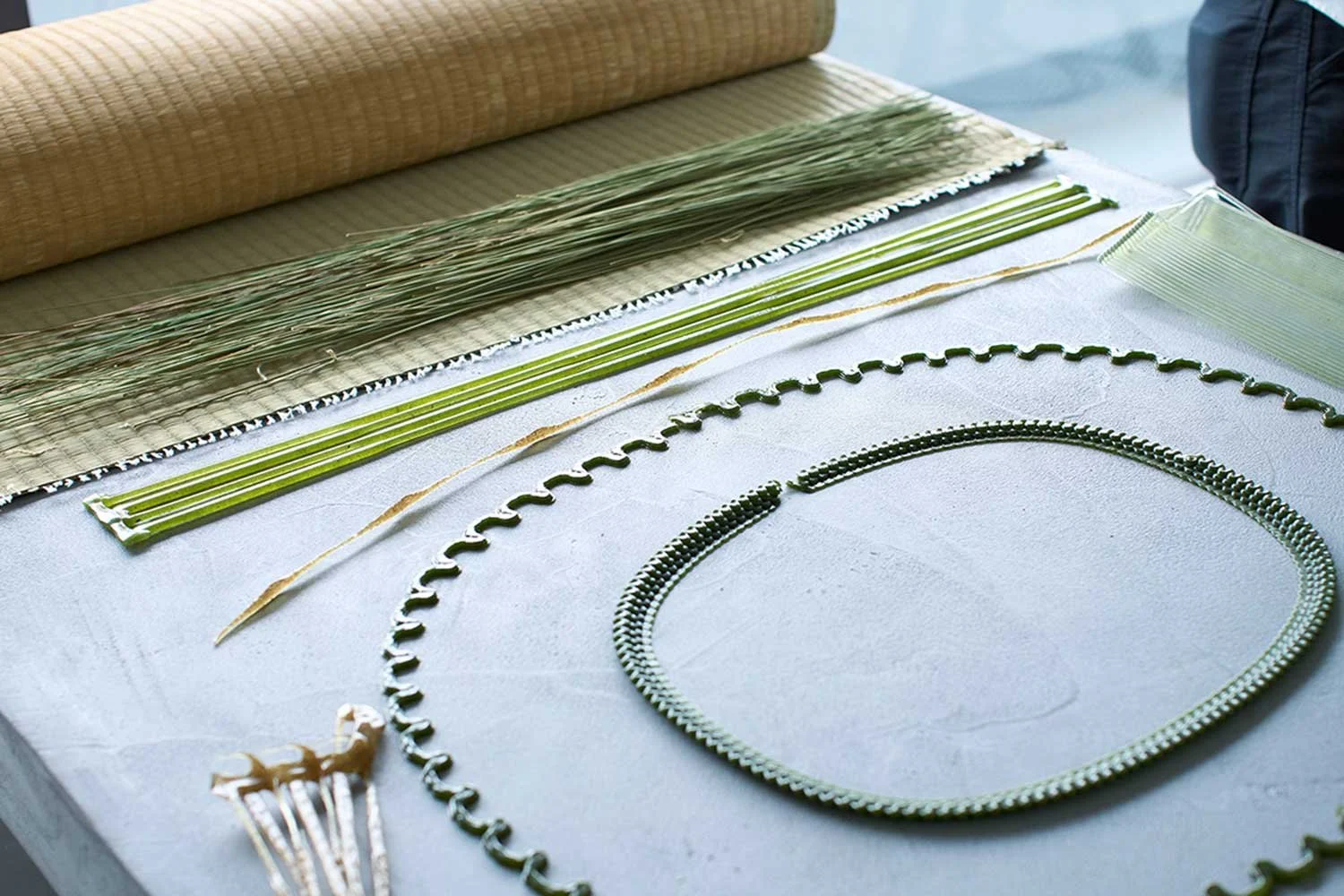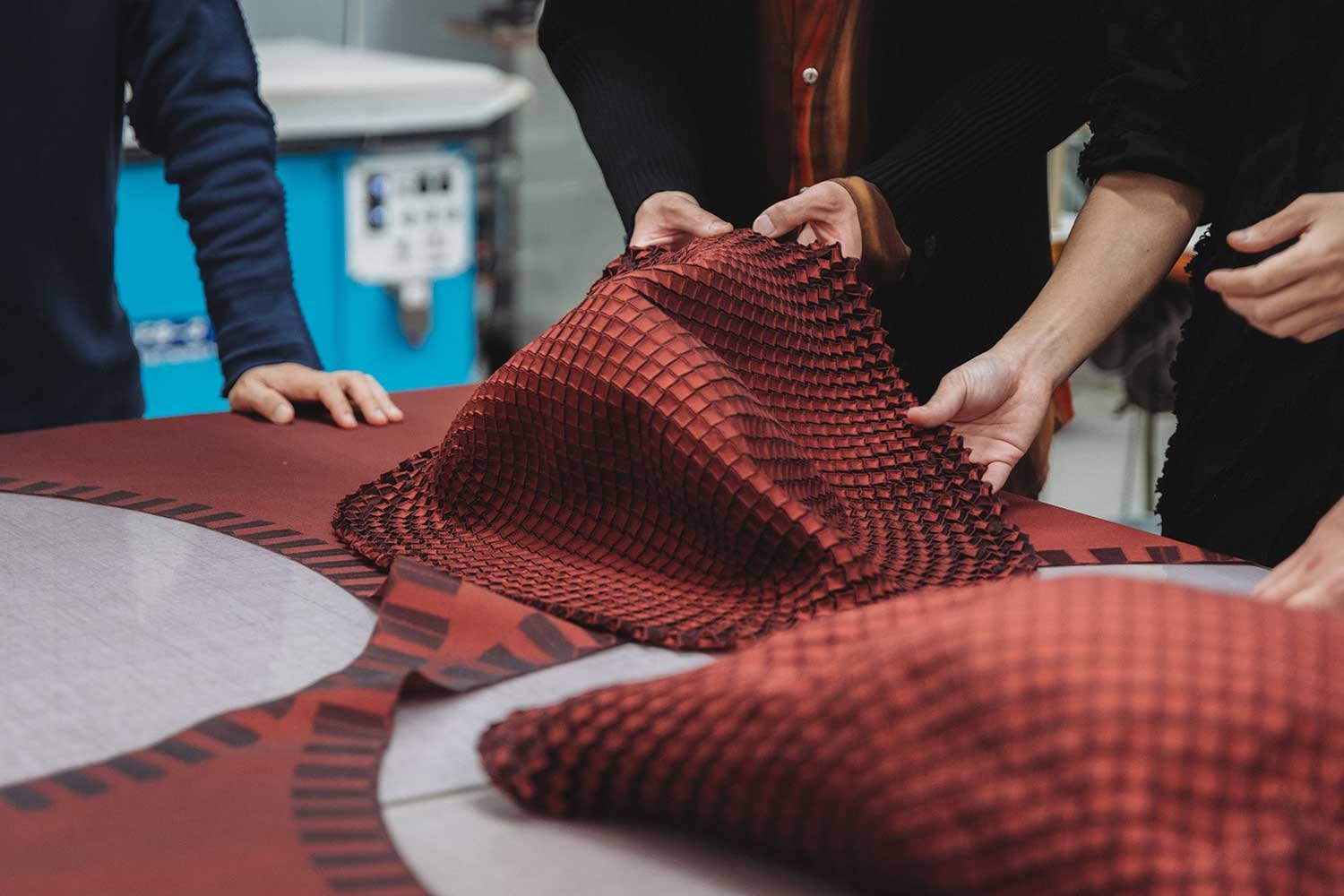What to See at Designart Tokyo 2023
We round up some of the highlights of DESIGNART TOKYO, which runs from 20 to 29 October and is the biggest edition of the festival to date, with more than 100 exhibitions scheduled across the city
The creative process often starts with the spark of an idea, and it’s this catalytic moment that Designart Tokyo taps into for this year’s event. The biggest to date, this year’s edition takes the theme Sparks: Freeing your Thoughts, with more than 100 exhibitions over 10 days, from furniture, ceramics and product design to fashion and contemporary art, by both Japanese and international creatives.
DesignArt launched in 2017 with the goal of putting Tokyo firmly on the global creative map. Since then, the annual event has evolved into one of the capital’s biggest design and art platforms. As in previous years, the event transforms Tokyo into a city-wide museum, with events taking place in 83 locations, ranging from galleries to flagship stores, scattered across eight different neighbourhoods, including Roppongi, Shibuya, Ginza and Omotesando.
Describing Tokyo as emerging from a ‘long tunnel’, with its creative scene ‘more vibrant than ever before’, Designart’s co-founder Akio Aoki of Miru Design outlines some of the key themes as ranging from sustainability to lighting projects (inspired by Euroluce in Milan).
'This year, the lack of travel restrictions has made it easier for visitors to come from overseas and from other regions, and we have received more inquiries from abroad — so it’s likely to be the most international of the last three years,’ he notes. ‘As we enter our seventh year as one of Japan's largest design and art festivals, we’ve also seen a rapid increase in participation from young designers and artists who were previously unknown to us, with 108 exhibits, the largest number in our history.’
Text by Danielle Demetriou
Designart Gallery
A major hub for the event will be the DesignArt Gallery at the Escorter Aoyama Building, home to a roster of exhibits, events and projects. Spatial composition of the site has been designed by rising talend Atsushi Shindo and is complete with an installation of reclaimed acrylic panels — a repurposed relic of the pandemic. Highlights will include a pop-up store by Danish furniture brand Muuto; Denis Guidone’s Utsuroi collection, created in collaboration with Y.S.M; Satoshi Itasaka’s glass balloon lantern; and an on-site recreation of the Ambientec GALLERY.
Escorter Aoyama Building, 2-7-15, Escorter Aoyama, Kita-Aoyama
Tatami ReFab Project by Honoka
Aromatic, flexible, dehumidifying and natural — tatami mats have long been synonymous with traditional Japanese interiors. The idea of reinventing tatami as a modern material lies at the heart of this exhibition by Honoka, a lab led by product designers exploring next-generation manufacturing techniques. For this project, they used 3D printing technology to make furniture from material created from recycled tatami with biodegradable plastic. The result is the textured sculptural forms of their collection of knitted tatami-resin furniture, which won the studio first prize in this year’s SaloneSatellite Awards in Milan.
Hibiya OKUROJI, 1-7-1 Uchisaiwaicho, Chiyoda-ku
A New Horizon
Contemporary design from East Asia in 2050 is the starting point for A New Horizon, an exhibition curated by Design Anthology’s founder Suzy Annetta. The show, which unfolds in a space designed by Tokyo architect Kentaro Ishida, explores future trends in design and contemporary lifestyles through the lens of designers from across the region, including Japan, South Korea, China and Taiwan, organised into four chapters: Biomorphism, Upcycled, New Belle Epoque and Future Traditions.
World Kita Aoyama Building, 3-5-10 Kita-aoyama, Minato-ku
A-Poc Able Issey Miyake: Type-V Nature Architects project
A revision of a show that debuted in Milan in 2023, this exhibition integrates Nature Architects’ technology with A-Poc Able Issey Miyake’s design and manufacturing system, resulting in constructed prototypes that hint at the possibilities of innovations not only for clothing, but also in terms of potential furniture, lighting and architecture.
5-3-10 Minami-aoyama, Minato-ku
4-4-2 Ginza, Chuo-ku
Tiers Gallery
An eclectic mesh of elements are combined to creative effect at Tiers Gallery in Omotesando, which hosts a group exhibition of four creatives. There is Archaeology of the Future by Gala Espel, which introduces an object-making digital tool; the vnsh light by So Tanaka; a gravity-themed installation by Akira Hojo and Ryoma Maeda; and a new take on the tea ceremony, Shizentai by Masato Ozawa.
5-7-12 Jingumae, Shibuya-ku







